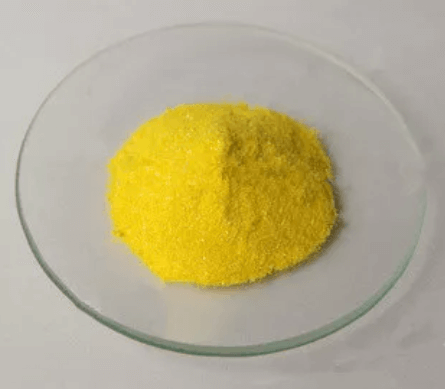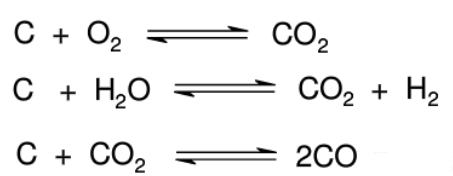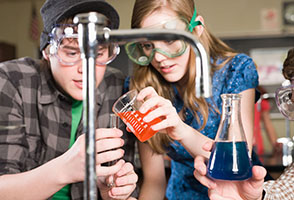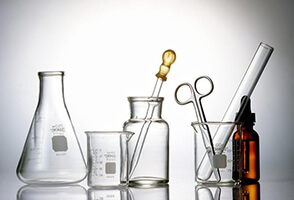PART ONE, Causes and consequences of catalyst deactivation
Catalyst deactivation is a phenomenon in which the conversion rate of a catalytic reaction under constant reaction conditions decreases with time. The process of catalyst deactivation is divided into three types: chemical, thermal and mechanical.

I. Chemical deactivation
Coking (carbon accumulation): reduction of surface area and blockage
Metal contamination: reduction of surface area and catalytic activityToxic adsorption: reduction of active sites
II. thermal deactivation
Sintering: reduction of surface area
Generation of active compounds: loss of active components and reduction of surface areaPhase transition and phase separation: composition change and reduction of variable area
Embedding of active components: reduction of active sites
Volatilization of active components: reduction of active components
III. Mechanical deactivation
Particle fragmentation: catalyst bed channel flow, clogging
Fouling: reduction of surface areaThese are the three types of catalyst deactivation introduced by UIVCHEM for your reference only.
PART TWO, Catalyst regeneration methods and considerations
The general rule for regeneration of industrial catalysts is that the activity of each regenerated catalyst decreases compared to the original activity, and the operating temperature of the regenerated catalyst is significantly higher than that before regeneration. In addition, deactivated catalysts cannot be regenerated frequently and endlessly again and again, and will eventually be replaced.
Regeneration after coking (carbon accumulation) deactivation
The process in which the catalyst activity decreases due to the gradual formation of carbon deposits on the surface during use.
Burning of carbon in the raw (air + water vapor) is commonly used for industrial catalysts after carbon accumulation deactivation.

The catalytic activity can be restored by oxidizing the carbon containing deposits in the catalyst pores out to carbon monoxide and carbon dioxide.
Blowing method, not very serious accumulation of carbon organic by-products, mechanical dust and impurities blocking the catalyst fine pores or covering the catalyst surface active center, can be removed in situ by blowing method.
Notes in regeneration
Regeneration temperature and time need to be adjusted to prevent catalyst sintering; regeneration cycle varies with the rate of coking accumulation.
Please contact UIVCHEM experts to find more info.




